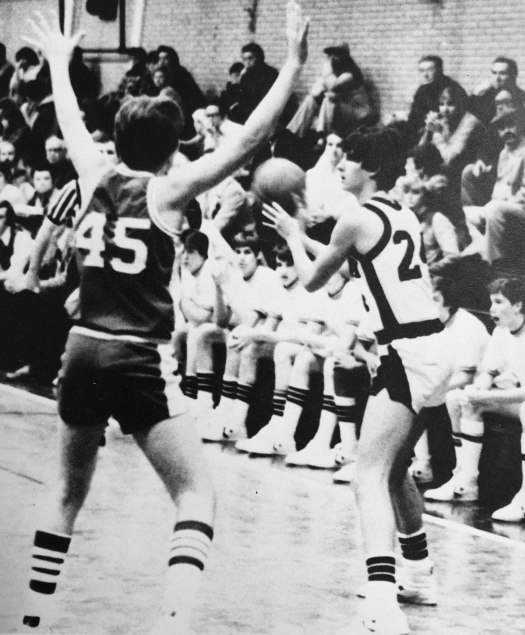As legal weed looms in Illinois (January 1, 2020), a Fenwick alumnus and medical doctor warns that the effects of recreational marijuana usage often are shrouded in smoke screens.

Greetings, Fenwick Family. My name is Dr. Albert Mensah, and I am a proud Fenwick alumnus — a member of the graduating class of 1982. I can say without hesitation, that my time at Fenwick provided an outstanding academic and spiritual foundation for the life that was ahead of me: a life that has included medical school; opening and successfully running (with the help of an outstanding business partner and colleague) a medical clinic that specializes in cognitive health, speaking engagements and teaching/training opportunities around the world; and, most importantly, a rich and fulfilling family life. I am most thankful that Fenwick has been, and continues to be, an important part of my life.
My reason for writing to you today, however, goes far beyond wanting to express my gratitude for the opportunity to be part of the Fenwick community. Rather, I want to share with my Fenwick family some concerns that several members of the mental healthcare community, including myself, have felt compelled to be outspoken about lately, given the recent direction taken by lawmakers regarding the legalization of recreational marijuana.
Stated simply, marijuana is not the benign substance that many in the media and the legislature have made it out to be. Its effects can be quite devastating, and as it becomes more readily available, we anticipate a significant rise in the medical and social problems that are connected to regular marijuana use. For example, the American Academy of Family Practice recently cited several studies that link marijuana to the development of schizophrenia.

These studies indicate that regular users are six times more likely to develop and exhibit schizophrenic* symptoms. These same studies also point to decreased motivation, increased lethargy and a lack of focus and mental clarity that persists beyond the time that a user is “high.” Other studies point to a correlation between marijuana use and reproductive difficulties, particularly in males. These studies indicate that regular male users of marijuana have an exceptionally high risk of developing erectile dysfunction (ED), and that medications such as Viagra and Cialis are ineffective in treating marijuana induced ED symptoms.
*Schizophrenia is a long-term mental disorder of a type involving a breakdown in the relation between thought, emotion and behavior, leading to faulty perception, inappropriate actions and feelings, withdrawal from reality and personal relationships into fantasy and delusion, and a sense of mental fragmentation.
Even though full recreational marijuana use laws do not go into effect in Illinois until January 1, 2020, we are already seeing the results of a more relaxed atmosphere and increased availability in our clinic, Mensah Medical, located in Warrenville, IL. At Mensah Medical, we specialize in the natural treatment of psychological, cognitive, and neurological health disorders. We identify the biochemical imbalances that most frequently contribute to those disorders and prescribe nutrient therapy to overcome those imbalances. We regularly treat patients who come to us with Autism, ADD/ADHD, Anxiety, Depression, OCD, Eating Disorders, Alzheimer’s disease, Dyslexia, Parkinson’s and several others.
Of late, we are seeing a significant increase in the number patients with Schizophrenia, and far too often, those patients indicate that their symptoms started or worsened as they began or increased their use of marijuana. It is important to note that the vast majority of these patients are young males between the ages of 18 and 27.
Apathy: the real cost
We certainly recognize that there is another side to this debate. We are aware that many people have used illegally obtained marijuana for years with few obvious or lasting side effects. We acknowledge that there are medical cases, such as cancer and chronic disease, in which controlled, physician-monitored use may make marijuana a viable and effective pain-management option. We also recognize that combatting the illegal distribution of marijuana leads to costly law enforcement efforts and the incarceration of many non-violent offenders, most often from communities of color or economic disadvantage. There are reported state and local income-generation benefits that will come from taxing what is already a robust industry.
Continue reading “Legalized Pot Could be a ‘Scary Bag’ for the U.S. Health-care System”





































